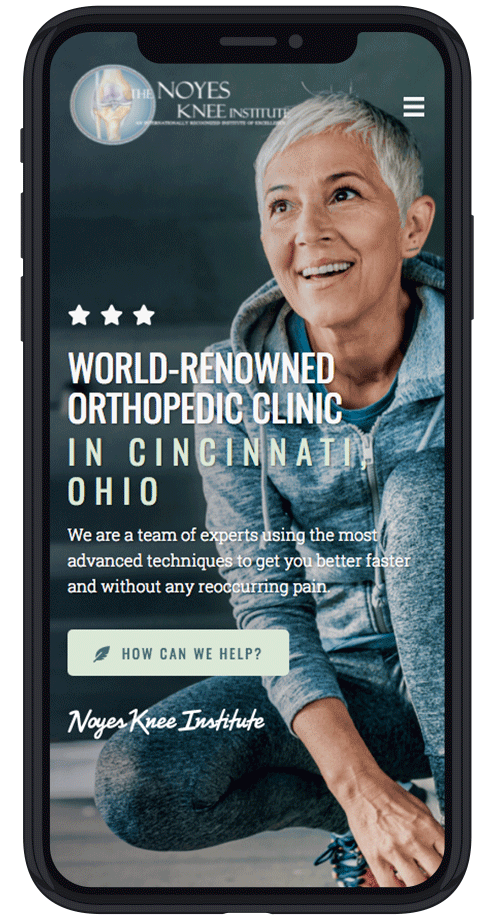Published On
Category
Noyes FR, Chen RC, Barber-Westin SD, Potter HG: Greater Than 10-Year Results of Red-White Longitudinal Meniscus Repairs in Patients 20 Years of Age or Younger. Am J Sports Medicine 39: 1008-1017, 2011.
Abstract:
Background: A prospective longitudinal investigation was conducted to determine the long-term outcome of single longitudinal meniscus repairs extending into the central avascular region in patients aged 20 or younger.
Hypothesis/Purpose: The purpose was to determine the long-term success rate and reoperation rate of meniscus repairs extending into the avascular zone.
Study Design: Case series
Methods: Thirty-three meniscus repairs were performed using an inside-out multiple vertical divergent suture technique. A concomitant anterior cruciate ligament reconstruction was done in 18 patients. The mean follow-up was 16.8 years (range, 10.1 to 21.9 years). The long-term success rate was determined in 29 repairs (88%) by the presence of normal or nearly normal parameters from two validated knee rating systems, assessment of magnetic resonance imaging and weight bearing posteroanterior radiographs by independent physicians, and follow-up arthroscopy when required. A 3 Tesla magnetic resonance imaging scanner with cartilage-sensitive pulse sequences was used and T2 mapping was performed. A comparison was made between the short-term (mean, 4 years) and long-term outcomes.
Results: Eighteen (62%) of the meniscus repairs had normal or nearly normal characteristics in all of the parameters assessed. Six repairs (21%) required partial arthroscopic resection, 2 had loss of joint space on radiographs, and 3 that were asymptomatic failed according to magnetic resonance imaging criteria, for a total of 11 documented failures (38%). There was no significant difference in the mean articular cartilage T2 scores in the healed menisci between the involved and contralateral tibiofemoral compartments in the same knee. There were no significant differences between short and long-term evaluations for pain, swelling, jumping, patient knee condition rating, or the overall Cincinnati rating score.
Conclusions: A chondroprotective joint effect was demonstrated in the healed menisci repairs which, in our opinion, warrants the procedure in select patients. The long-term evaluation of the ACL-reconstructed knees with concurrent successful meniscus repairs demonstrated a low rate of radiographic arthritis.

